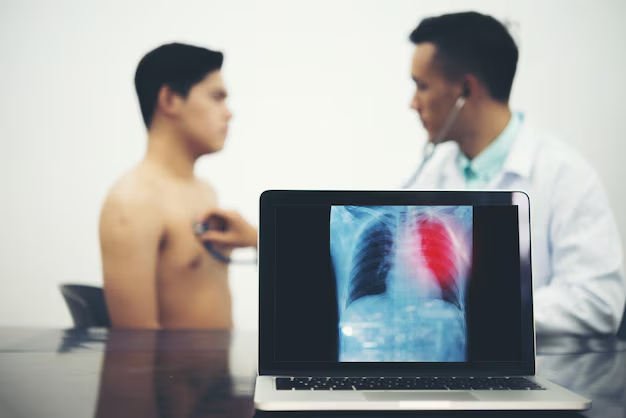Understanding Pulmonary Hypertension Testing: What You Need to Know
Discovering whether you have pulmonary hypertension can be a critical step towards managing your heart health. Pulmonary Hypertension (PH) is a condition that affects the arteries in the lungs and the right side of the heart, leading to elevated blood pressure in the lung's arteries. Accurate and early diagnosis can aid in effective treatment and management, preventing potential complications. Here’s a breakdown of how this condition is tested and what steps you may encounter along the way.
Common Testing Methods for Pulmonary Hypertension
Echocardiogram
Often one of the first tests performed, an echocardiogram uses sound waves to create images of your heart. It assesses the heart’s size and structure, which helps determine if there is any strain caused by high blood pressure in the lungs. It also provides estimates of pulmonary artery pressure.Right Heart Catheterization
This invasive but definitive test involves threading a catheter through a vein into the right side of the heart and pulmonary arteries. It directly measures the pressure in these arteries and can help determine how well the heart is pumping. Though it’s more involved, it offers precise readings crucial for confirming a PH diagnosis.Pulmonary Function Tests
These tests measure how well your lungs work. They assess the volume of air you can inhale and exhale, and how quickly you can blow air out of your lungs. Any abnormalities can indicate pulmonary issues contributing to elevated pressures.Blood Tests
Blood work can help rule out other possible causes of PH, such as liver disease, HIV infection, or autoimmune diseases. It’s also a means to monitor vital organ functions that could be affected by pulmonary hypertension.Chest X-ray and Electrocardiogram (ECG)
A chest X-ray can reveal the size and shape of your heart and any blockages in the blood vessels. Meanwhile, an ECG records the electrical signals of your heart, detecting any irregular heart rhythms that could suggest PH.CT Scan or MRI
These imaging tests offer detailed pictures of the heart and lungs. They help identify any structural abnormalities or blood clots that might contribute to pulmonary hypertension.
Navigating Diagnosis Challenges
Diagnosing pulmonary hypertension can sometimes involve multiple tests. Early detection is key to managing and slowing the disease’s progress, highlighting the importance of being informed about symptoms and proactive in seeking testing.
Financial and Educational Support Options
For those navigating medical testing for conditions like pulmonary hypertension, the financial burden can be daunting. Here are some options for support:
🩺 Government Aid Programs:
Medicare and Medicaid often cover the cost of essential tests and treatments. Check eligibility to ensure coverage for diagnostic procedures.🏥 Hospital Financial Assistance:
Many hospitals offer financial aid services, providing guidance on payment plans or discounted billing.💳 Credit Solutions:
CareCredit is an example of a credit card specifically for medical expenses, offering manageable payment options for health-related costs.📚 Medical Scholarships:
Some organizations offer scholarships or grants to aid individuals pursuing medical treatments or education relating to specific conditions like pulmonary hypertension.🤝 Community Health Resources:
Local health departments and community clinics frequently provide resources and support for individuals seeking assistance with medical needs.
| 🩺 Financial Aid Options | Description |
|---|---|
| Medicare/Medicaid | Government programs aiding in coverage and expenses. |
| Hospital Financial Assistance | Support for hospital or clinic-related bills. |
| CareCredit | A credit solution for managing medical expenses. |
| Medical Scholarships | Funds for treatments or education about PH. |
| Community Health Resources | Local centers offering assistance and guidance. |
Being informed about testing procedures and available support options can significantly impact both your health trajectory and financial well-being. Remember to explore these avenues to ensure you receive the necessary care without undue financial stress.

Related Topics
- a 66 Year Old Female With a History Of Hypertension
- Are Eggs Bad For Hypertension
- Are Eggs Good For Hypertension
- Are Endocrine Disorders Causing Hypertension Rare
- Can Adderall Cause Hypertension
- Can Alcohol Cause Hypertension
- Can Allergies Cause Hypertension
- Can Anemci People Get Hypertension
- Can Anemia Cause Hypertension
- Can Antibiotics Cause Hypertension